Understanding Coffee Leather: The Basics
What is Coffee Leather?
Coffee leather is a unique and innovative material made from natural leather that has been infused with the rich essence of coffee. This eco-friendly leather not only embodies the luxurious feel of traditional leather but also offers a distinctive aesthetic that is both trendy and timeless. The infusion of organic coffee extracts during the tanning process gives coffee leather its special characteristic—an aromatic scent that can remind one of freshly brewed coffee. This leather is often used in various products, from bags to accessories, appealing to consumers who are looking for quality and sustainability in their fashion choices. For those in search of coffee leather products, options such as Coffee leather offer captivating alternatives to conventional leather goods.
The Unique Properties of Coffee Leather
One of the most striking properties of coffee leather is its durability. The infusion of coffee grounds not only enhances the leather’s resistance to wear and tear but also contributes to its ability to develop a unique patina over time, adding character to each piece. Additionally, coffee leather is less prone to water damage and has enhanced strength due to the unique tanning process involved. The material is biodegradable, aligning with environmental consciousness, and thanks to its natural oil content, it retains a soft and supple feel, making it a comfortable choice for everyday use.
Benefits of Using Coffee Leather
Opting for coffee leather comes with numerous benefits. First and foremost, the eco-friendliness of coffee leather is appealing to socially responsible consumers. As a by-product of coffee production, it utilizes waste materials that would otherwise be discarded. Furthermore, coffee leather products tend to be highly resistant to odors, a major plus as it helps maintain freshness over time. The unique aromatic quality adds an extra touch to the user’s experience. Lastly, coffee leather can be produced with fewer chemicals than traditional leather tanning processes, promoting a healthier and safer environment.
How Coffee Leather Is Made
The Process of Crafting Coffee Leather
The creation of coffee leather involves several meticulous steps that start with the collection of coffee grounds, a renewable resource generated from the coffee-making process. These grounds are then dried and treated to extract the essential oils and nutrients. The leather itself, typically sourced from premium animal hides, undergoes conventional tanning but integrates these coffee extracts into the process. This not only enriches the leather but also enhances its protective qualities against scratches and stains.
Sustainability in Coffee Leather Production
Sustainability is at the forefront of coffee leather production. The method of sourcing materials from coffee waste means that manufacturers can reduce their carbon footprint significantly. Many producers are now embracing practices that not just benefit them economically but also help in minimizing environmental impact. From energy-efficient tanning processes to the sourcing of hides from responsible farms, coffee leather production leads the way toward a more sustainable model in the leather industry.
Quality Control Measures for Coffee Leather
Maintaining high standards of quality is critical in the production of coffee leather. Comprehensive quality control measures involve testing the material for durability, flexibility, and resistance to wear and tear. Manufacturers may conduct several rounds of inspection at different stages to ensure that the coffee leather meets established specifications. These measures not only guarantee that the final product is of superior quality but also assure consumers of its longevity and usability.
Choosing the Right Coffee Leather Product
Key Features to Look For
When selecting coffee leather products, it is essential to consider specific features that can enhance your purchasing decision. Look for items made with high-quality stitching, as this indicates durability. Additionally, consider the weight and thickness of the leather; thicker pieces often promise more longevity. The aroma is also a unique feature of coffee leather worth considering, as genuine pieces emit a pleasant scent. Finally, check for any certification that indicates sustainable practices, reassuring buyers of the ethical production of the product.
Comparing Coffee Leather with Other Materials
In the world of fashion, leather alternatives are plentiful, including synthetic leathers and other natural materials. Coffee leather stands out for its environmentally friendly attributes and unique characteristics. Unlike synthetic leathers, which can often degrade in quality over time, coffee leather maintains its structural integrity, developing beauty through aging rather than looking worn. Additionally, compared to traditional leather, coffee leather is lighter yet just as durable, making it a favorable option for bags, jackets, and accessories.
Customizing Your Coffee Leather Product
Customization is one of the enjoyable aspects of investing in coffee leather products. Many manufacturers offer options for personalization, from embossed initials to choosing specific colors that resonate with personal style. Not only does this make the item uniquely yours, but it can also elevate the item’s appeal when it comes to gifting. Being able to customize your coffee leather item allows you to invest further into its lifecycle, as it becomes a meaningful part of your wardrobe.
Care and Maintenance of Coffee Leather
Cleaning and Conditioning Tips
Proper care is vital for ensuring that coffee leather products stand the test of time. To clean coffee leather, it is best to use a soft, damp cloth to gently wipe away any surface dirt. For deeper stains, mild soap can be used sparingly, followed by thorough drying. Conditioning is equally important; using a high-quality leather conditioner periodically will help to maintain softness and prevent cracking. In doing so, you preserve not only the visual appeal but also extend the lifespan of your coffee leather items.
How to Store Your Coffee Leather Items
Storing coffee leather products correctly can significantly impact their longevity. Ensure they are kept in a cool, dry place away from direct sunlight to avoid fading and drying out. Use dust bags for storage instead of plastic, which can trap moisture. If storing bags, consider stuffing them with acid-free tissue or a soft cloth to maintain their shape. Protecting your coffee leather from excessive humidity and fluctuating temperatures can ensure that it remains in excellent condition for years to come.
Common Issues and Solutions
Although coffee leather is durable, it may face issues just like any other material. One common problem is discoloration due to exposure to water or dirt. To mitigate this, ensure you dry the leather promptly and properly, avoiding exposure to excessive heat sources. Another issue might be scratches; while minor scratches can often be rubbed out, deeper ones may require leather repair kits. Regular maintenance and immediate attention to any signs of wear can help you keep your coffee leather in optimal condition.
The Future of Coffee Leather in Fashion
Trends Influencing Coffee Leather Design
As consumers become increasingly eco-conscious, the demand for sustainable alternatives in fashion is on the rise. Trends such as minimalism, functionality, and customization are influencing coffee leather design. Pieces are now being created with an eye for utility, and many brands are embracing simple yet stylish designs that enhance the material’s natural characteristics. The continuation of these trends suggests a bright future for coffee leather as designers craft innovative pieces that cater to modern aesthetic sensibilities.
Innovations in Coffee Leather Applications
Innovation is key to the growth of coffee leather in the fashion industry. Researchers and designers are exploring new methods of treatment and application, including blending coffee leather with other materials to create hybrid fabrics. Innovative products, such as footwear and tech accessories, are also starting to embrace coffee leather, expanding its versatile application beyond traditional uses. With the rise of technological integration in fashion, we can expect to see coffee leather incorporated into smart textiles that retain its natural charm.
The Role of Coffee Leather in Sustainable Fashion
In the broader context of sustainable fashion, coffee leather holds a promising position. As brands look for ways to showcase their commitment to sustainability, coffee leather serves as a compelling example of innovation and environmental responsibility. By utilizing a by-product of coffee production and reducing chemical use in tanning processes, coffee leather sets the standard for what sustainable materials should aim to achieve. Its popularity among consumers who value green practices will likely spur further advancements, helping pave the way for a more environmentally friendly future in the fashion industry.
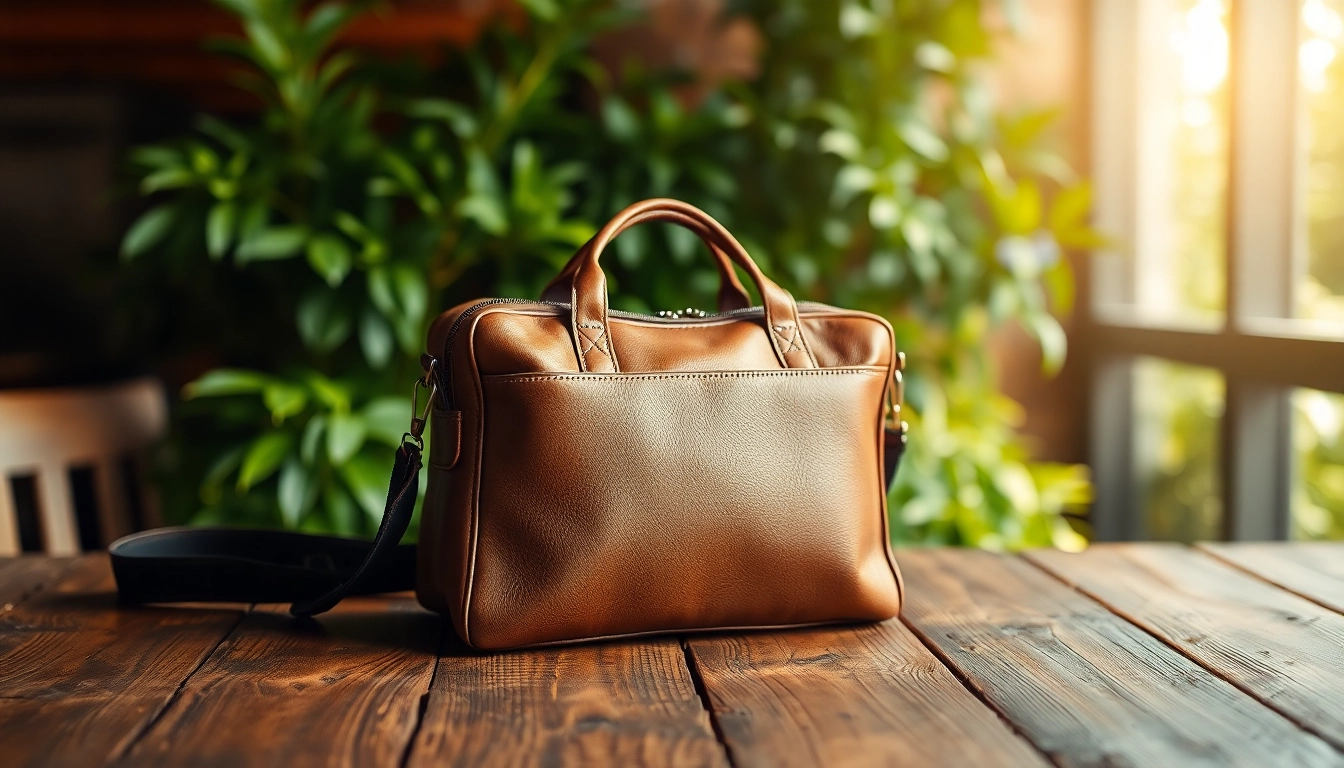
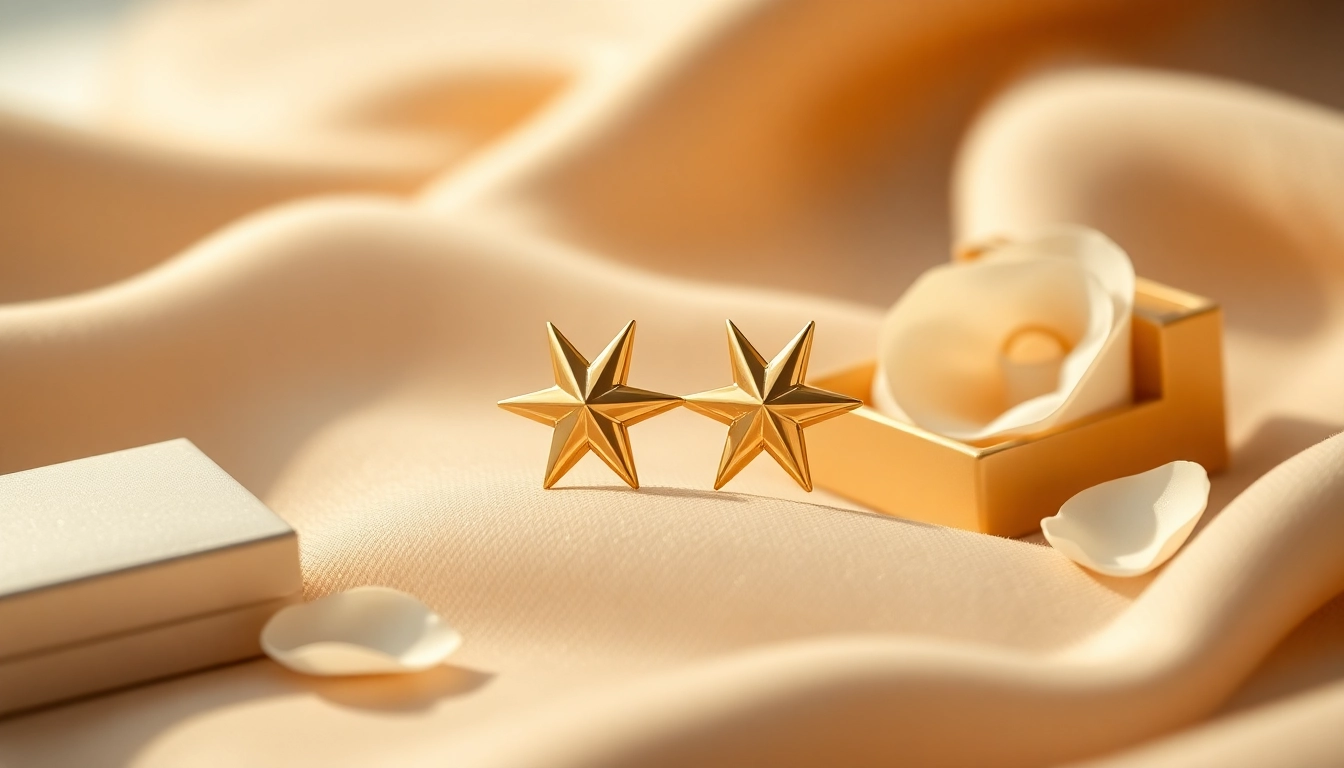
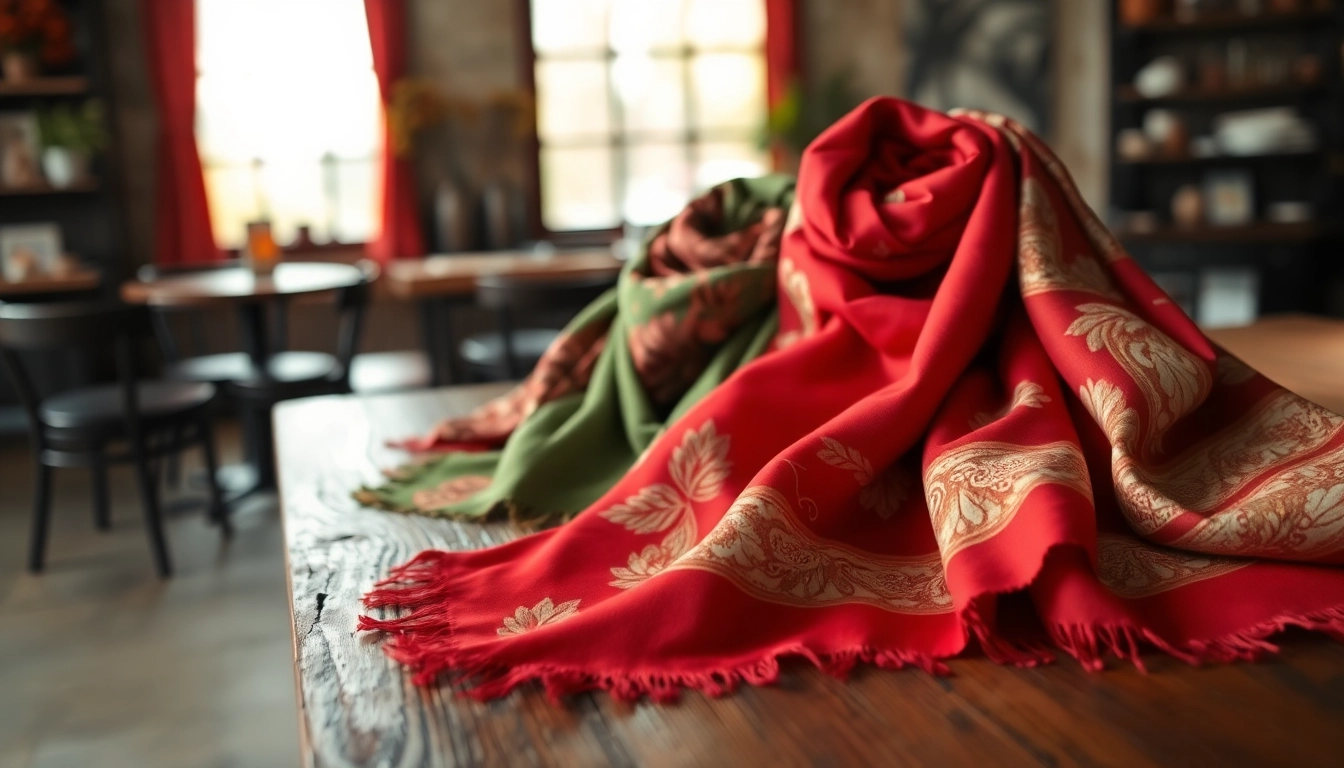
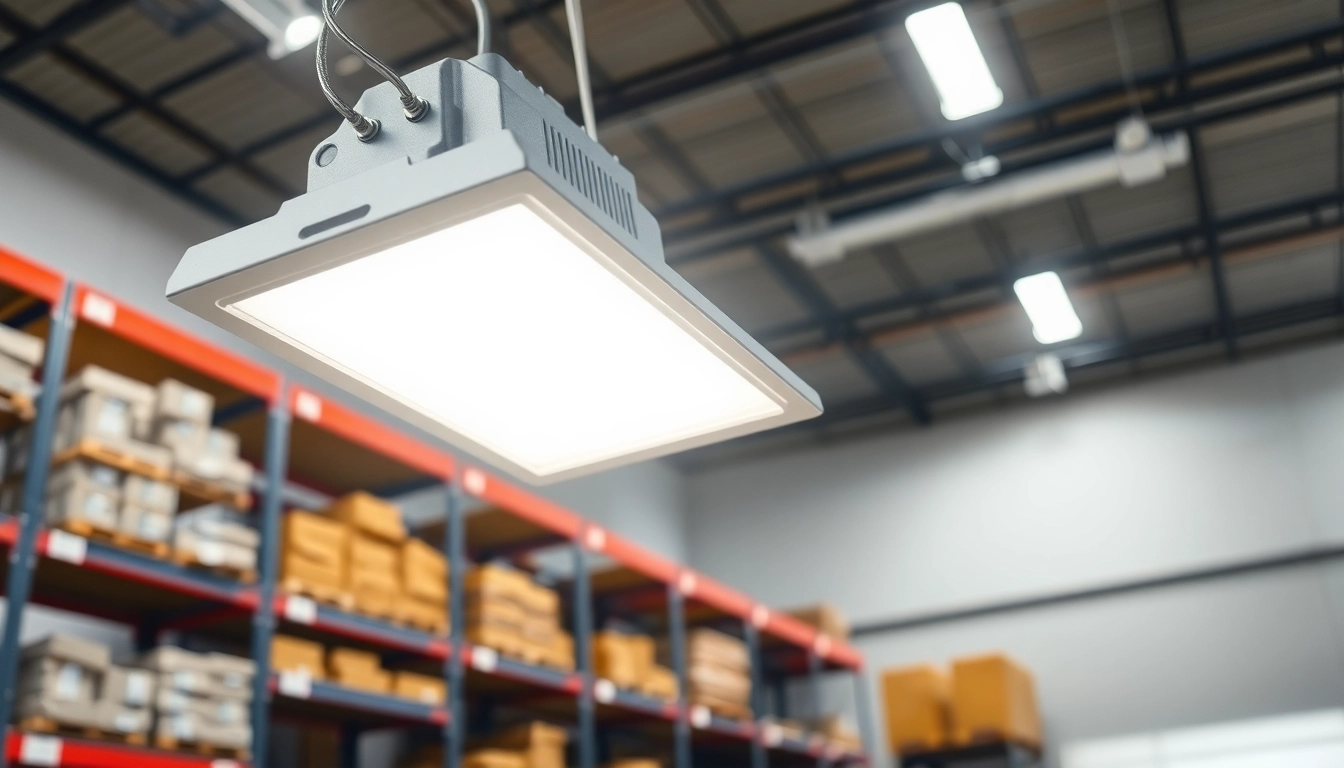
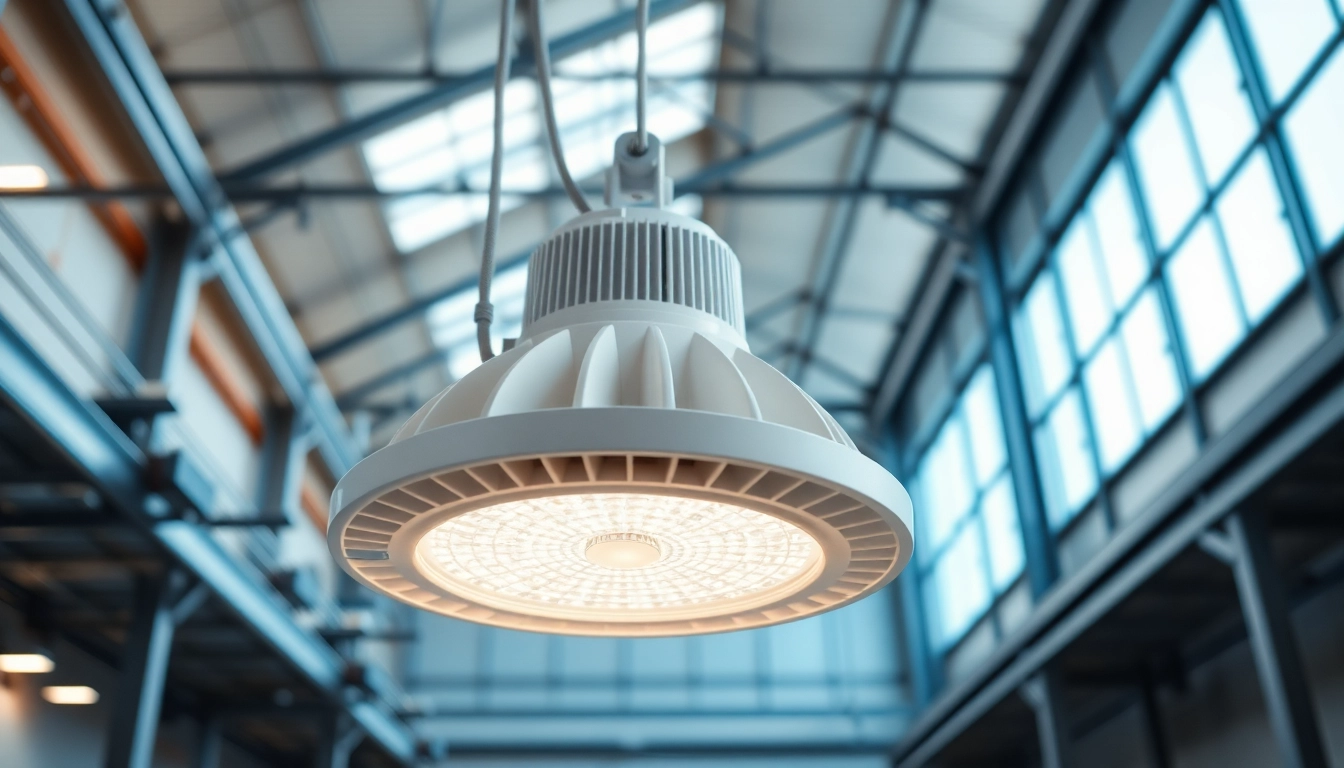

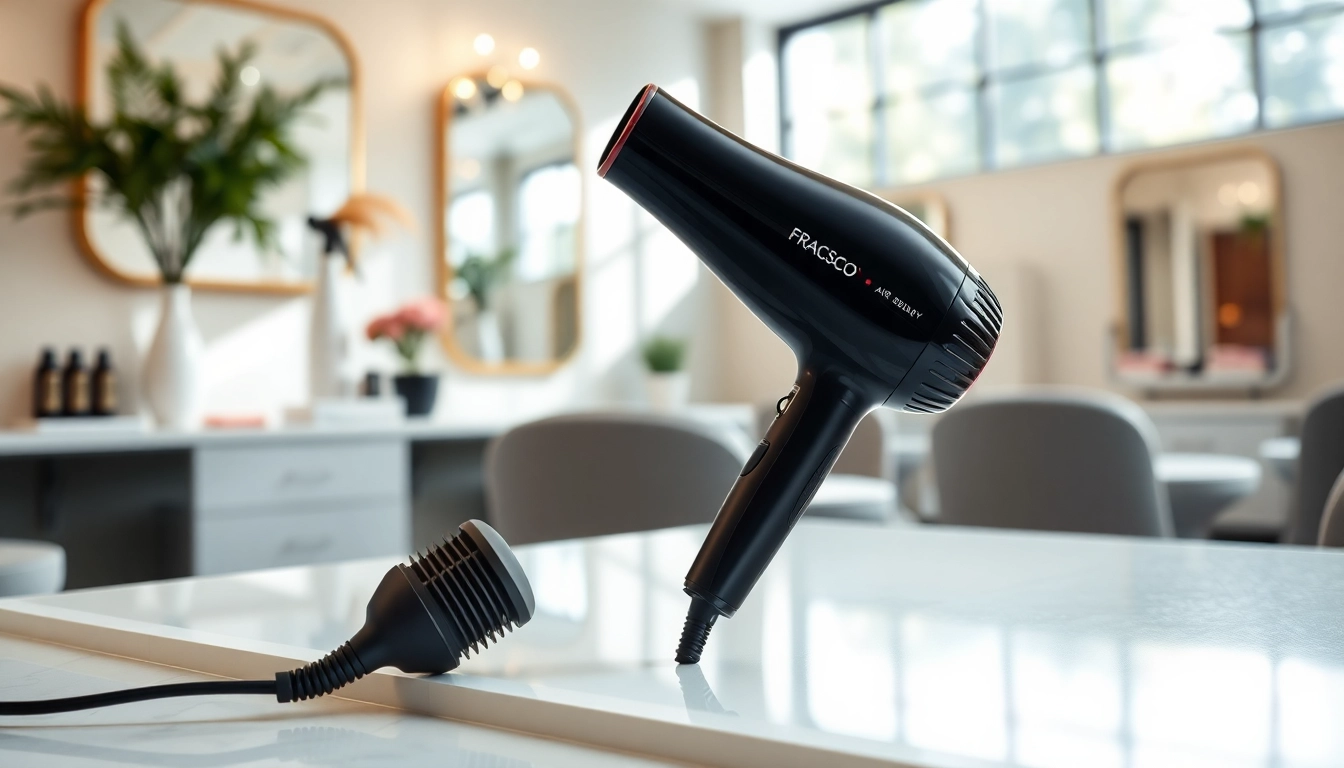
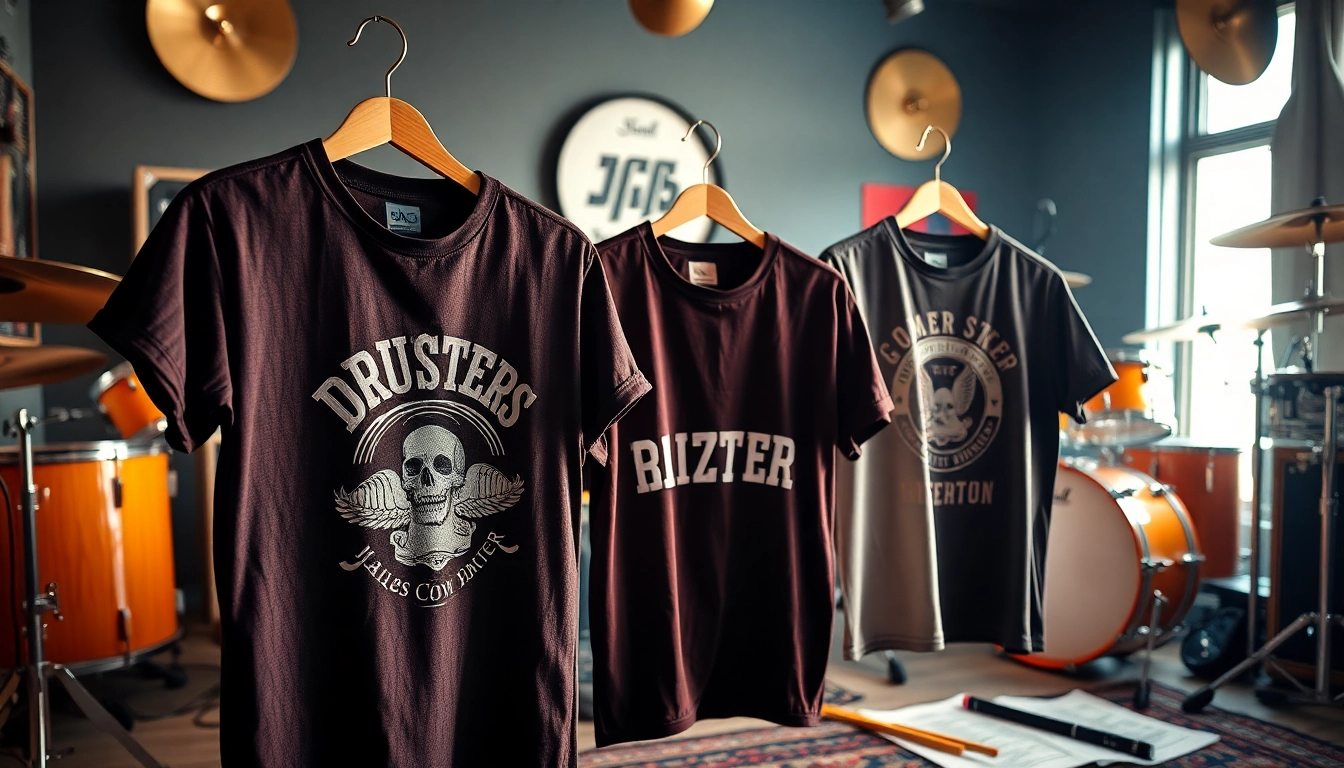
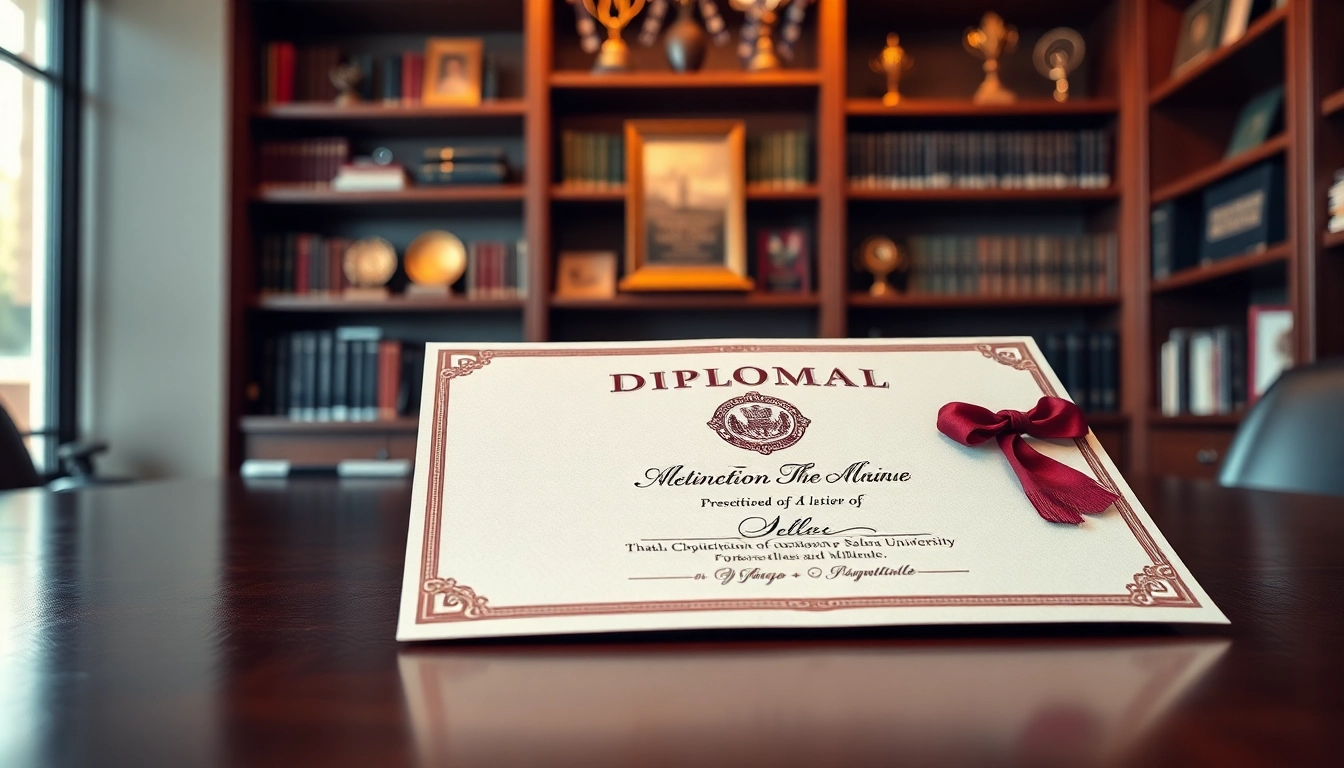



Leave a Reply